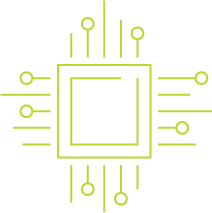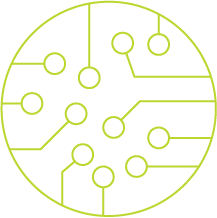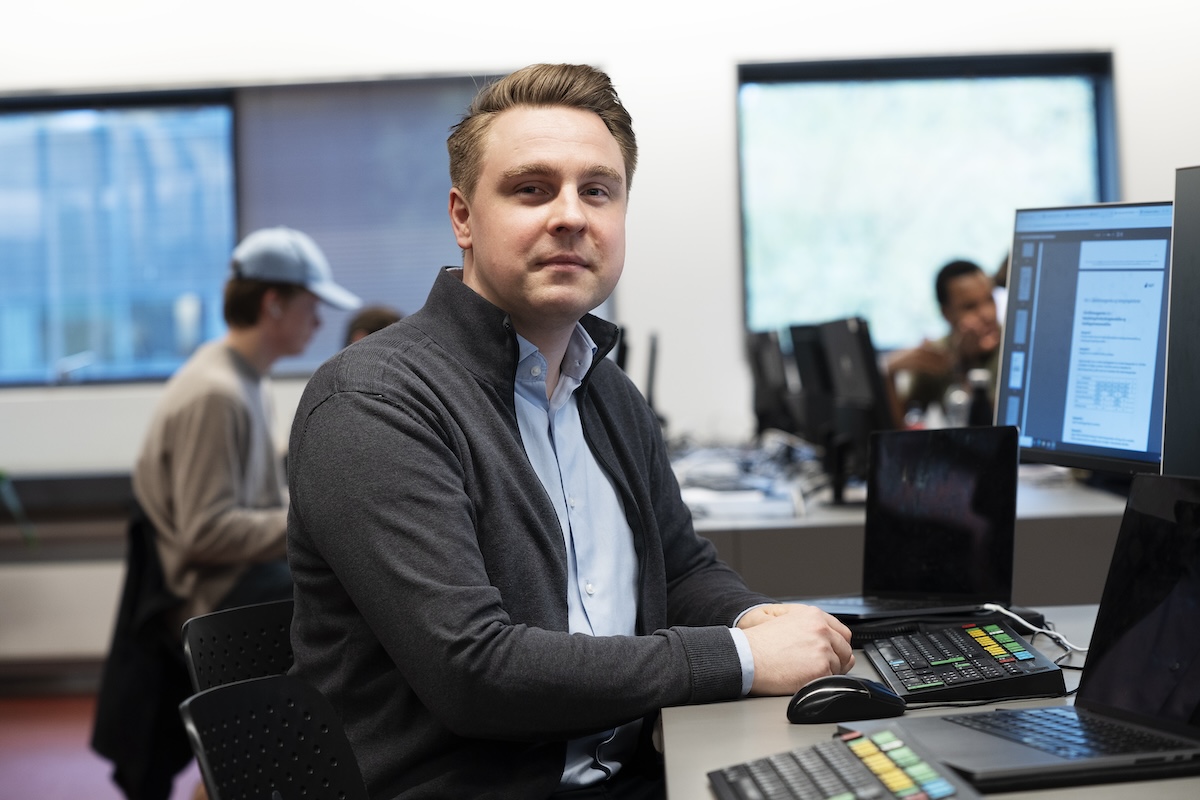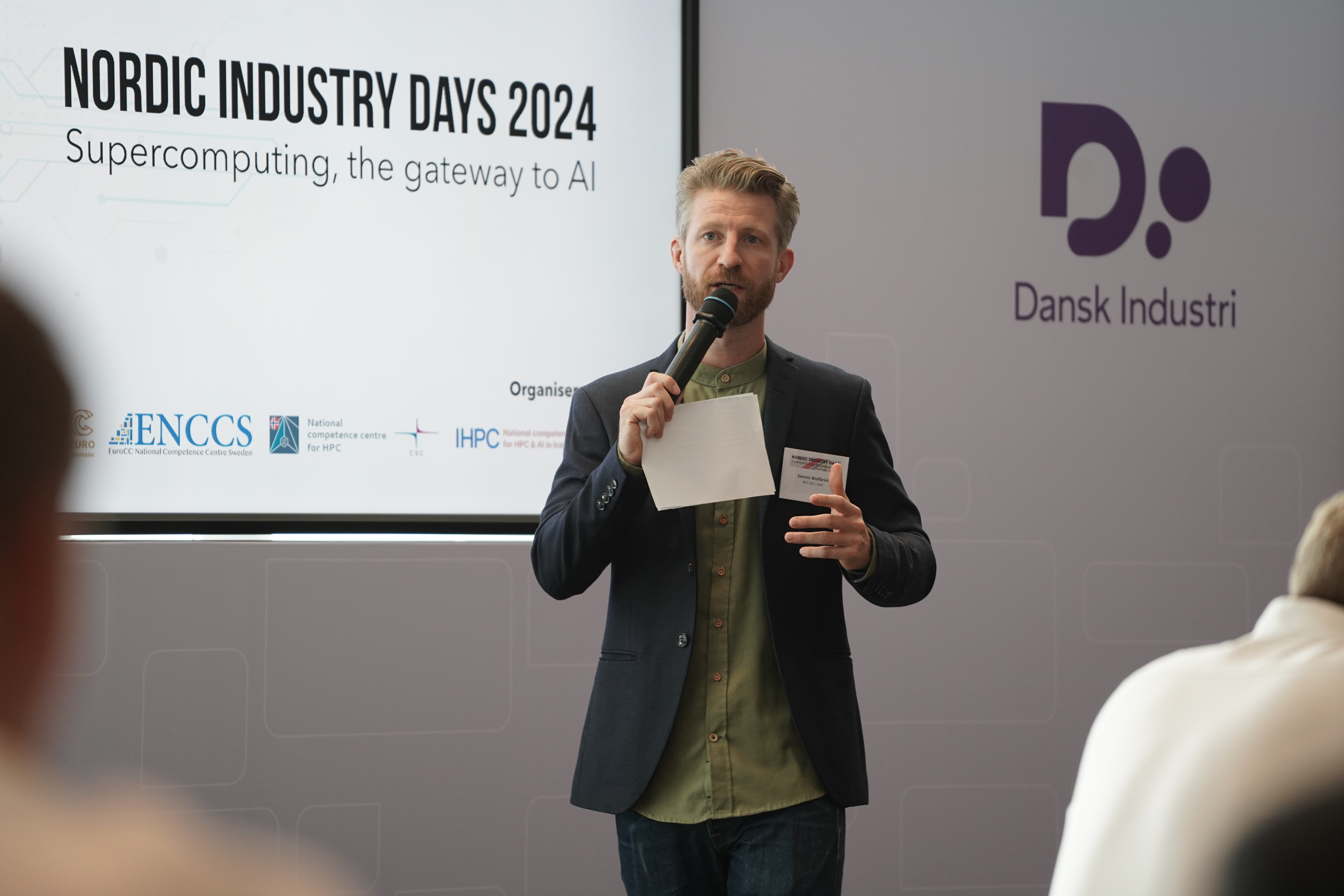The national HPC landscape consists of four different types of supercomputers and a user interface.
DeiC Interactive HPC

For DeiC Interactive HPC, formerly also known as Type 1, the focus is on interactive computing resources and easy access for new users. In the national context, this type is a new type of facility that is targeted users who don't have much experience with calculations on large facilities. Typically, when the individual researcher's own computer is not sufficient due to lack of computing power, storage or memory.
Experienced users can, among other things, use this type of system to work with R statistics, but also for prototyping and idea development, just as it could be the students' first encounter with HPC systems. It is expected that this type of HPC will help increase the use of HPC in research for a number of new users.
The facility is operated by a consortium consisting of SDU, AAU and AU. It is the eScience Center at SDU and CLAAUDIA at AAU that provide the computing ressources, while AU handles the support and helps new users get started.
DeiC Interactive HPC receives users now.
Learn more about how to access DeiC Interactive HPC here and read more about activities and services here.
DeiC Throughput HPC

This type of facility typically has a large number of cores which can be a mix of cost-effective and calculation-efficient units. DeiC Throughput HPC, previously known as Type 2, also has the ability to handle large amounts of data and focus on high security. In relation to calculations within health science, technical simulations, chemistry, physics and bioinformatics in a broad sense, there will often be requirements for HPC systems with a focus on high "throughput performance".
The facility is operated by a consortium consisting of AU, DTU and KU. The computer resources are provided by Computerome 2, which is jointly owned by DTU and KU, by GenomeDK at Aarhus University, and by Sophia, which is run by DTU.
DeiC Throughput HPC is already ready to receive the first users.
Get access to DeiC Throughput HPC here.
LUMI Capability HPC

LUMI is the European pre-exascale supercomputer LUMI. LUMI is an abbreviation for "Large Unified Modern Infrastructure", and is located in CSC's data center in Kajaani, Finland. LUMI is one of three pre-exascale supercomputers as part of the European EuroHPC project.
DeiC coordinates the Danish participation in EuroHPC and Danish researchers' access to resources at LUMI. Behind LUMI is a consortium of 8 countries. The countries are Finland, Belgium, the Czech Republic, Denmark, Estonia, Netherlands, Norway, Poland, Sweden and Switzerland.
LUMI is financed by 50 pct. from the EuroHPC Joint Undertaking and 50 pct. from the consurtium countries. Denmark may use 3 pct. of the resources on LUMI.




